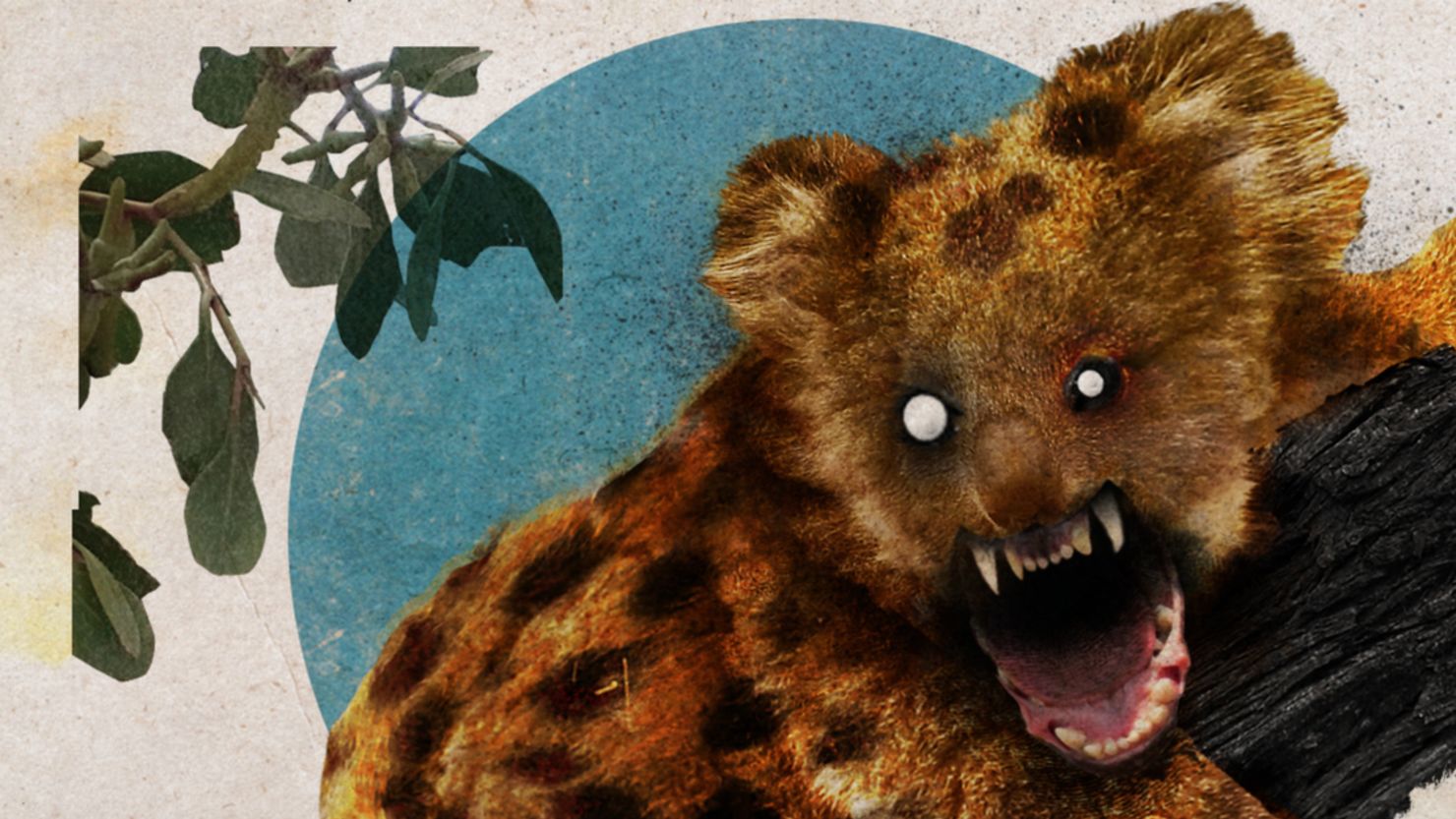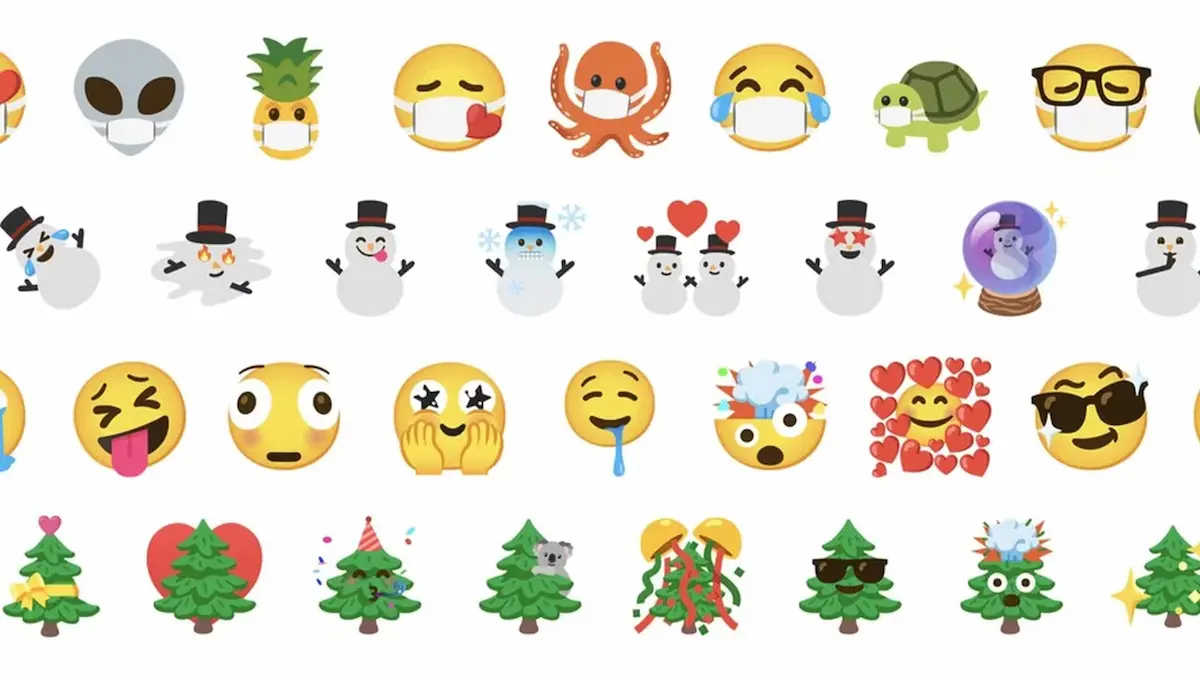
When you hear the term drop bear, it may conjure images of a predatory creature descending from the treetops of the Australian bush. In reality, the drop bear is a figure of modern folklore rather than a scientifically documented animal. Despite its fictional status, the legend has become deeply embedded in Australian culture and continues to appear in media, tourism, and local storytelling. In this article, you will explore the origins, biology comparisons, alleged size, victim stories, and cultural significance of the creature, providing a comprehensive understanding of this unique aspect of Australian wildlife mythology.
Table of Contents
What is a Drop Bear?
It is described as a large, tree-dwelling marsupial that ambushes its prey from above. According to the myth, it is similar in appearance to a koala but significantly larger and more aggressive, with sharp claws and powerful jaws. Despite these descriptions, no scientific evidence supports the existence of such an animal.
The legend persists in Australian folklore and is often shared with tourists as a humorous cautionary tale, reinforcing the perception of the Australian wilderness as both fascinating and potentially dangerous. The drop bear is commonly referenced in discussions of “Australian wildlife myths,” “marsupial legends,” and urban folklore, highlighting its role in cultural storytelling rather than zoological reality.
Australian Drop Bear
The myth of the drop bear is closely associated with Australia’s dense eucalyptus forests and bushland, particularly in southeastern regions. Locals often use the story as part of their cultural identity and storytelling tradition. Though there are no verified encounters, tales of drop bears “attacking” hikers or campers are widespread in media and tourist narratives.
In the context of Australian culture, these stories serve multiple purposes: they entertain, they build social cohesion, and they act as a lighthearted way to encourage visitors to respect the bush environment. Some accounts provide humorous advice on avoiding drop bear attacks, such as wearing forks in the hair or applying certain substances behind the ears, which further cements the story as folklore rather than fact.
Drop Bear vs Koala
A critical comparison between the drop bear and the real koala highlights the factual basis for the myth:
- Diet and behaviour: Koalas are herbivorous, consuming eucalyptus leaves exclusively. They are largely sedentary and pose no threat to humans. In contrast, the drop bear is described in folklore as a predatory animal that ambushes its prey from trees.
- Physical characteristics: Koalas typically weigh between 4–15 kg and have adaptations for leaf consumption and climbing. The mythical drop bear is depicted as much larger, with exaggerated size, strength, and aggression.
- Cultural function: Koalas are well-studied, real animals, while the drop bear exists in cultural storytelling, emphasizing exaggeration and local humour rather than biological reality.
This comparison underscores how myths often emerge from real animals but are distorted for narrative or cultural effect.
Drop Bear Size
One of the most striking elements of the drop bear myth is the exaggerated size often attributed to it. Folklore sources describe the creature as weighing up to 120 kg and measuring around 130 cm in body length, with some exaggerations even suggesting lengths comparable to small leopards.
From a zoological perspective, no arboreal marsupial in Australia approaches these dimensions. Fossil records and current species show that marsupials capable of climbing are generally much smaller, which confirms that the drop bear’s size claims are purely mythical. Nonetheless, the dramatic portrayal of size enhances the legend’s impact and makes the story more memorable in popular culture.
Drop Bear Victims
Although the drop bear does not exist, victim stories form an essential part of its legend. These alleged victims are primarily tourists or newcomers to the bush, described in folklore as being ambushed while hiking, camping, or walking in forested areas.
Some narratives describe injuries ranging from scratches and bite marks to fainting or unconsciousness, but these accounts are entirely mythological. The concept of “victims” serves several cultural purposes:
- Tourist storytelling: Folkloric victim accounts add excitement and suspense, making the tale memorable for visitors.
- Social bonding: Sharing these stories fosters a sense of camaraderie and local identity among Australians, often at the expense of outsiders in a playful manner.
- Media and education: Films, TV programs, and online content sometimes incorporate these “victim” narratives to educate or entertain audiences about Australian wildlife myths.
Understanding these victim stories highlights the legend’s cultural significance while clarifying that no real humans have ever been harmed by a drop bear.
Origin of the Myth
The modern drop bear myth emerged in the mid-20th century, with documented references appearing in military publications and newspapers. Its popularity grew in the 1970s and 1980s through tourism materials, media coverage, and casual storytelling.
Some researchers suggest that the extinct marsupial predator Thylacoleo carnifex, also known as the “marsupial lion,” may have inspired aspects of the legend. Fossil evidence shows that Thylacoleo had climbing adaptations and carnivorous traits, which could have contributed to the creation of the the creature myth.
The myth combines elements of humour, fear, and fascination, creating a narrative that is entertaining while maintaining the aura of danger associated with the Australian wilderness.
Why the Drop Bear Myth Continues to Exist
The drop bear story continues to endure for several reasons:
- Cultural storytelling: The legend is part of Australia’s folklore tradition, passed down through generations.
- Tourism and media: It provides a compelling narrative that captures the imagination of visitors and media audiences alike.
- Psychological appeal: The myth plays on human fascination with danger and the unknown, making it memorable and engaging.
- Social bonding: Locals use the story to create in-group identity, share humour, and playfully tease outsiders.
Overall, the persistence of the myth demonstrates the enduring power of storytelling, particularly when tied to unique environmental and cultural contexts.
Wrapping Up
The drop bear remains one of Australia’s most fascinating wildlife myths. While it does not exist, the legend provides insight into the country’s cultural storytelling, humour, and fascination with its unique natural environment. You’ve explored how it differs from real animals like the koala, the exaggerated size attributed to it, the mythical “victims” it supposedly claims, and the origins and persistence of the myth.
Frequently Asked Questions (FAQs)
Q1. Is the drop bear a real animal?
No. The drop bear is a mythical creature from Australian folklore and has no scientific evidence supporting its existence.
Q2. Why do Australians tell stories about drop bears?
The legend is used for cultural storytelling, to entertain tourists, and as a humorous way to highlight Australia’s unique wildlife.
Q3. Could any real animal have inspired the drop bear myth?
Possibly. The extinct marsupial predator Thylacoleo carnifex, which had climbing and carnivorous traits, may have influenced the legend.
Q4. Have there ever been any reported attacks by drop bears?
No. All “attacks” are part of folklore, jokes, or media storytelling—there are no verified cases.
Q5. How should I react if someone warns me about drop bears?
Take it as a playful cultural story rather than a real threat. It’s an aspect of Australian folklore, not a wildlife warning.
RELATED ARTICLES
Latest Articles
 Why The People Next Door Might Be Costin…In Business
Why The People Next Door Might Be Costin…In Business The Taste of Tradition, Delivered to You…In Technology, Tips
The Taste of Tradition, Delivered to You…In Technology, Tips What to Write in a Wedding Card for Frie…In General
What to Write in a Wedding Card for Frie…In General how2invest com mx: Beginner’s Guide to S…In General
how2invest com mx: Beginner’s Guide to S…In General Effortless Material Handling Solutions: …In real estate
Effortless Material Handling Solutions: …In real estate How the Snapchat Best Friends List Actua…In General
How the Snapchat Best Friends List Actua…In General Famous Celebrities with Noonan Syndrome …In General
Famous Celebrities with Noonan Syndrome …In General How Do You Create a Proxy ServerIn Technology
How Do You Create a Proxy ServerIn Technology
stopie.com is a participant in the Amazon Services LLC Associates Program, an affiliate advertising program designed to provide a means for sites to earn advertising fees by advertising and linking to Amazon.com.
Clicking on an Amazon link from stopie.com does not increase the cost of any item you purchase.
We will only ever link to Amazon products that we think our visitors may be interested in and appreciate learning more about.




